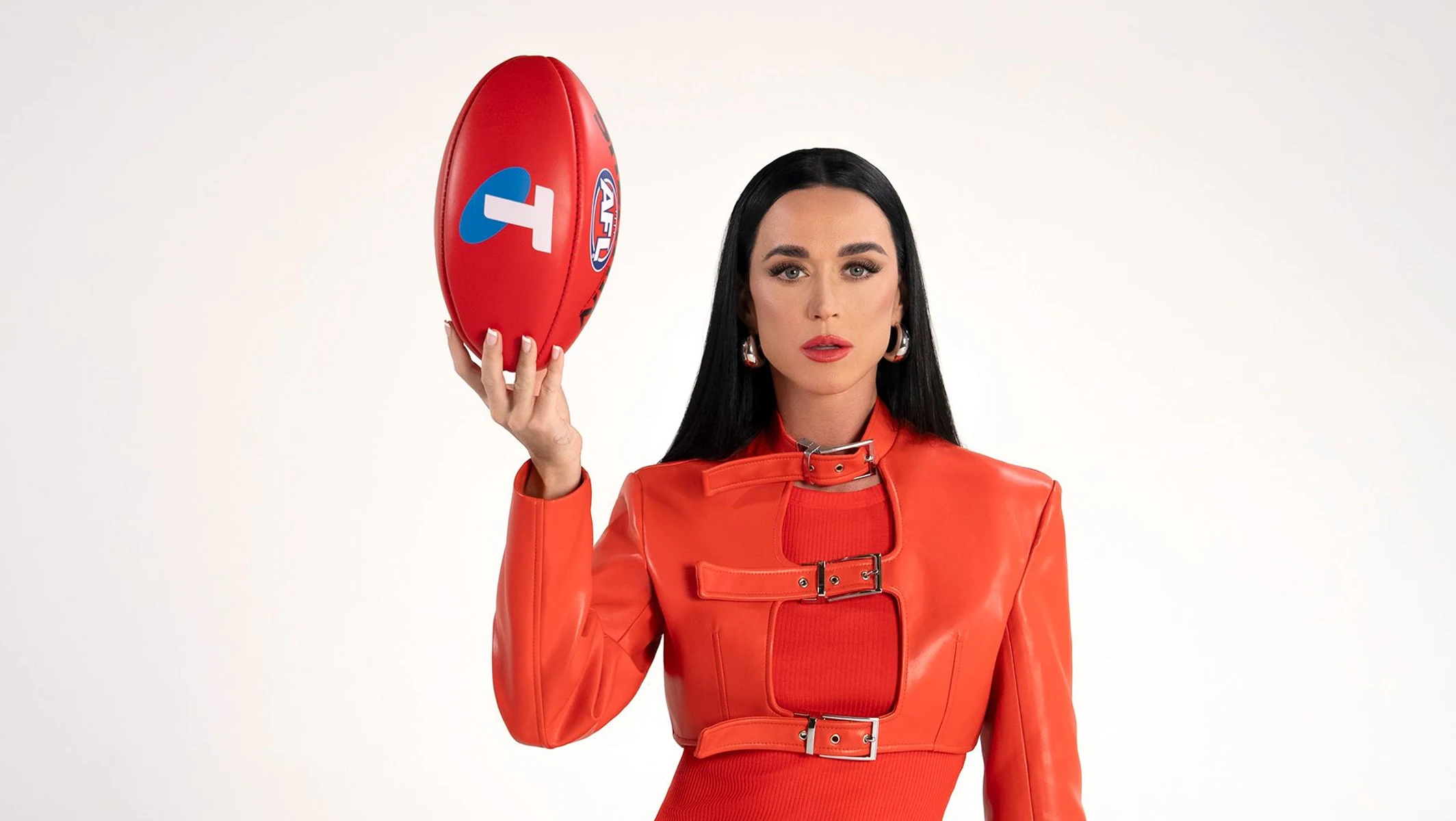The Eight Online Channels Sports Brands Should Be Using To Capture Fans

In order to effectively drive event ticket sales, generate fan loyalty, boost event viewership and grow kit/merchandise sales, sports organisations should be using multichannel marketing, according to a digital marketing agency in Europe.
AccuraCast surveyed 1,127 people across Europe and discovered that sports fans look to online newspapers and magazines (42%) as the first choice for sports news, followed by Facebook (20%), Twitter (10%), Online blogs (7%), Instagram (5%) and Snapchat (5%).
“They (sports fans) may be in discovery mode on Instagram, then use search to learn more about a product, and finally be reminded to purchase via email,” AccuraCast UK Managing Director, Farhad Divecha, said.
“To successfully target a brand’s audience or fans, it is essential to find the best platform mix that grabs their attention.”
Boasting clients such as UEFA, UFC, London cricket ground – Lord’s, ATP Tour and Tottenham Hotspur, AccuraCast has also published a whitepaper called Online Multichannel Strategies for Sports brands, which outlines eight of the primary marketing channels users typically use and have linked them to the best multichannel channel strategies for sports brands.
In the whitepaper, the eight major channels are highlighted in terms of usefulness for ticket/merchandise sales, fan loyalty and event viewership, in addition, a multichannel strategy is presented for each stage of sports branding.
Facebook – Used for awareness and engagement in the early stages of a campaign, as well as lead generation and sales further down the line.
Instagram – Similar to Facebook. Although it generally has a younger audience, it is still geared towards discovery, engagement and sales.
Twitter – Used at the mid-stages of a campaign, when there’s a conversation to be had. Unless your audience lives on here.
YouTube – Used in the early stages of a campaign to generate awareness, unless promoting an event, then use throughout to keep people interested.
Google Search and Shopping – Ideally suited to service existing demand, so should be used in the latter stages of a campaign.
Email – Email marketing is best used for direct response and re-engagement, as you already have your target’s details.
Programmatic – Can be used throughout a campaign but requires a larger budget in comparison to other methods.
Google Display – Primarily for raising awareness and driving consideration and can be considered a smaller-scale alternative to programmatic.
“The sports digital marketing landscape is ever-changing and constantly evolving so it’s easy to miss opportunities if you are not completely up-to-date,” Farhad added.
“This is particularly important for the 18 to 34 age group who are extremely social media focused.”
It's free to join the team!
Join the most engaged community in the Sports Business World.
Get all the latest news, insights, data, education and event updates.




